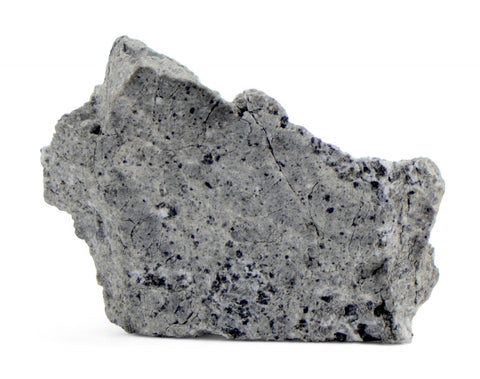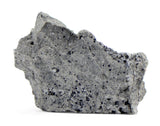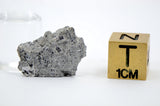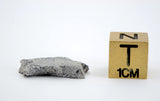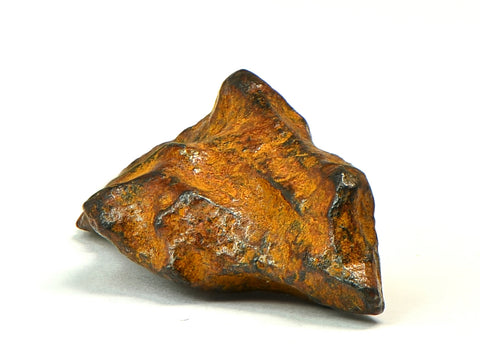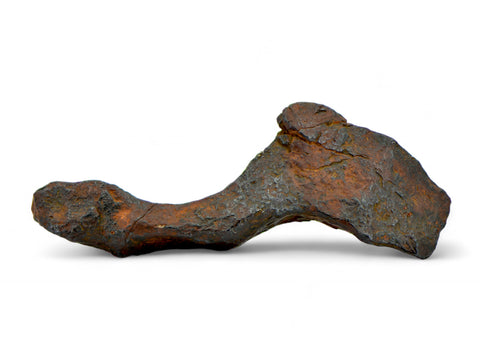1.19g Millbillillie Meteorite I Eucrite-mmict I Witnessed Fall Australia 1960
On Offer: 1.19g Millbillillie Meteorite Partial Slice
Type: Eucrite-mmict I HED Achondrite
Name: Millbillillie
Description: Partial slice of historic witnessed Fall Australia 1960
SEE OFFICIAL METEORITICAL SOCIETY ENTRY BELOW
| Millbillillie | |||||||||||||||||
|---|---|---|---|---|---|---|---|---|---|---|---|---|---|---|---|---|---|
| Basic information |
Name: Millbillillie This is an OFFICIAL meteorite name. Abbreviation: There is no official abbreviation for this meteorite. Observed fall: Yes Year fell: 1960 Country: Australia Mass: 330 kg |
||||||||||||||||
| Classification history: |
This is 1 of 194 approved meteorites classified as Eucrite-mmict. |
||||||||||||||||
| Writeup |
Writeup from MB 51: FALL OF THE MILLBILLILLIE, WESTERN AUSTRALIA, STONY METEORITE Name: MILLBILLILLIE Place: On Millbillillie and Jundee Stations, Wiluna district, Western Australia. 26° 27'S, 120° 22'E. Date of fall: October, 1960. Day unknown, but about 1 p.m. local time (0500 GMT). Recovered 1970. Class and type: Stone. Eucrite. Number of individual specimens: At least 3 Total weight: At least 25.4 kg Circumstances of fall: Station workers, F. Vicenti and F. Quadrio, observed a fireball while opening a gate in the boundary fence on the Millbillillie - Jundee track. An object "with sparks coming off it" fell into a spinifex plain to their north. No search was initiated, but D. Vicenti and M. Finch found two stones in this plain in 1970 and 1971. Aboriginals have since found others. The largest stone (20 kg) and one smaller one (565 g) are in the Western Australian Museum. Source: Dr. R. A. Binns, Department of Geology, University of Western Australia. |
||||||||||||||||
We Also Recommend

